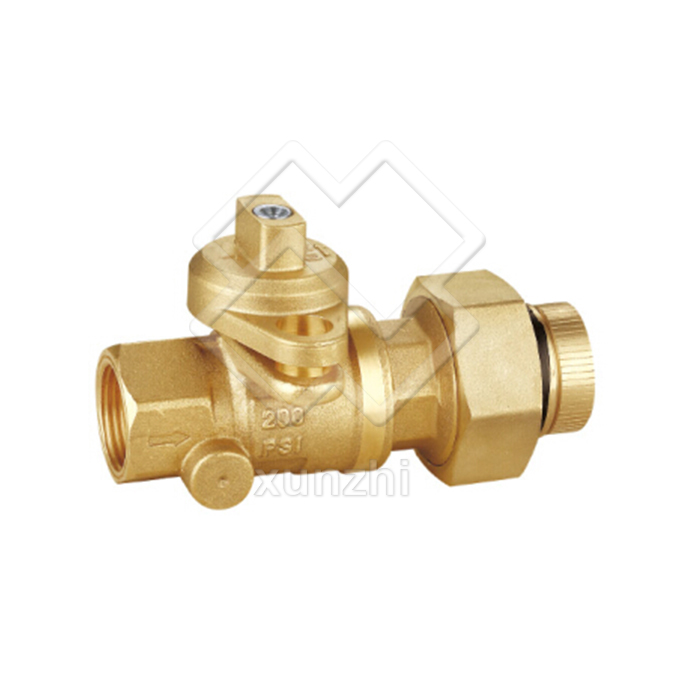Although there are many different valve types in valve structure, many are designed for specific applications, and there are several valve components that are unified in all valves. When choosing a valve, it is also important to consider the accessories and materials required for this system. The basic component of a valve.
Valves can vary greatly in size and design, but there are several basic components of valve function. The holding part of the body valve. The purpose is to design to connect to the pipe or equipment in the system and general butt or socket welding, thread or flange. As the first pressure boundary to the surrounding environment and system media contact. Environment is an important consideration when choosing body materials. The valve cover is an opening cover in the body. This is the second most important boundary of a pressure valve is the main body of the same material. The cap can also support valve internal parts such as stems, disks, and actuators. Trimming is a term used to replace internal parts such as discs, seats, stems, and to guide the valve stem cover. Decoration is responsible for the basic actions and characteristics of the flow control valve. The disc seat allows and prohibits fluid flow to provide the ability. The system is closed when the pressure pan is full. The seat provides a surface disk seal, in order to stop. The valve can have one or more seats according to different types.

For example, a valve has two seats; one on the upstream side and the other on the downstream side. The design of the disk is generally in the valve to get their name. The stem is responsible for the movement of the disk and the opening of the plug or ball valve. It is usually a fake, thread connected to the valve handwheel, driver, or lever. The stem moves in a straight line to open or close the valve or rotate the moving plate. There are five types of valve systems according to different applications. With the external thread and yoke dry-the external thread of the valve stem, while the part of the valve stem is smooth. Stem packing where the thread of the stem is separated from the flow of the medium. This type of valve is common for larger valves. Rising internal thread dry-the threaded part of the stem is the flow rate in the valve body that is in contact with the medium. When rotating, the valve stem and handwheel rise together to open the valve. Non-rising internal threaded valve stem-the valve flap rotates along the stem, like a nut as a stem. When the valve stem thread contacts the flow of the medium, the model is appropriate when the space is limited to allow linear movement, and the flow of the medium will not cause erosion, corrosion or wear of dry materials. Slide Rod-The valve stem slides out of the valve to open or close the valve. This design is a manual valve that opens quickly, and the valve is controlled by hydraulic or pneumatic cylinders.
Rotary stem This is a commonly used model of balls, plugs, and butterfly valves. A rotary motion of the stem opens or closes the valve. The stem packing is used to form a seal between the stem and the bonnet. The packaging is composed of several parts: a gland, gland, stuffing box, packing material, or back seat. Packaging is important to prevent dryness and loss of liquid or gas. It is usually a fibrous material or compound (such as PTFE®) that forms a sealed valve between internal and external components. The yoke nut of the yoke is used to connect the body and the transmission mechanism. The yoke must be strong enough to withstand the force, movement, and torque of the drive. The nut is used to control the movement of the valve stem. Valve fittings thread compression fittings bolt flange clamping flange union pipe joints butt weld socket welding/solder threaded valve internal or external thread inlet or outlet connection (of). The thread can be installed on the line quickly and easily. Although they often require additional accessories, they are difficult to remove accidentally. Be sure to choose a threaded valve of the appropriate size. If the threaded part of the valve is a short pipe, the pipe may distort the valve and tighten it in place, making it impossible to achieve sealing.
